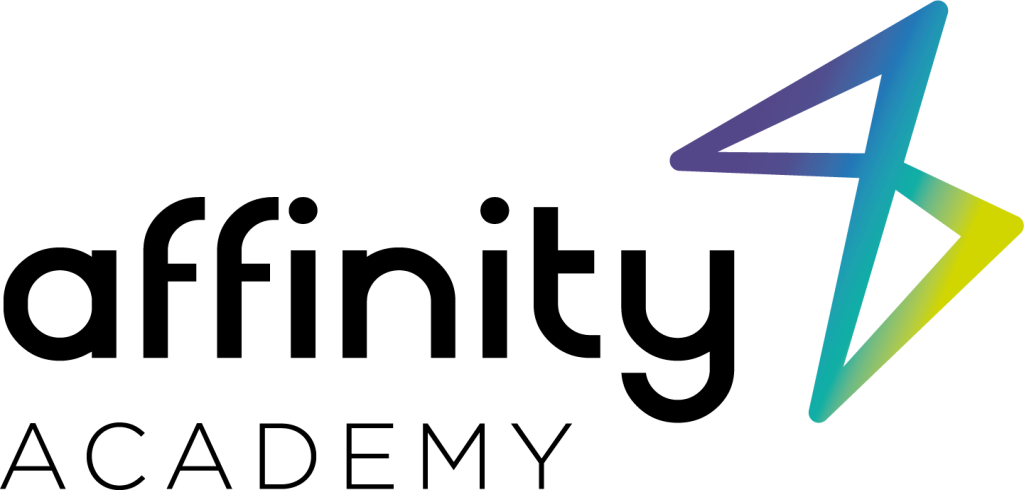Gymnastic skills aren’t easy. Every skill is complex – yes even the so called ‘easy’ ones. Add into the mix a child who is also still learning how to manage and move their body at the same time and it’s no mean feat.
As a coach, I’m looking at what each gymnast needs to do well at each stage of learning a skill in order for them to master it, feel confident and move to the next step.
To give feedback, a coach will go through the following process each time a gymnast performs a skill:
1. Observe: look at what is being performed by the gymnast.
2. Compare: consider what we ultimately want to skill to look like and see what bits fit with this and what bits don’t.
3. Analyse: why are we seeing what we are.
4. Action plan: work out what we can do to help the gymnast progress.
Yup, we go through this whole process, in our heads, every time (we actually can’t help it). Then we get to the most important step:
5. Do the most important thing. What is the one thing the gymnast can know or hear now from me as their coach in order to progress.
I tell you, extremely rarely is this to point toes. From a technical perspective, if toes aren’t pointed then usually theres something else to focus on to achieve it – such as keeping the legs tight, or arms strong in a skill. To run fast into vault skills or press down on the bar when swinging.
But then there’s secret step no 6:
6. What does this person need from me in order to progress.
I may not need to give them anything technical to work on at all. And I don’t mean that the skill was perfect – gymnastics is as mental a sport as it is physical. Often, its most important to acknowledge the effort and journey the gymnast is going through learning that skill. Giving a technical correction at a time when the gymnast needs encouragement or celebration of their efforts is totally counter productive.
Confidence is key. The pointed toes? That’s just the icing on the cake 🙂

